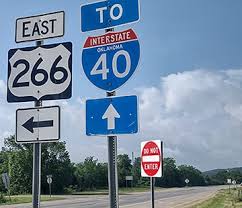
Introduction
Richmond, a vibrant city located in the Greater Vancouver area of British Columbia, is grappling with ongoing traffic challenges that affect thousands of commuters daily. With a growing population and an expanding local economy, understanding Richmond traffic patterns has become increasingly important for residents, local businesses, and urban planners alike.
Current Traffic Conditions
Recent reports indicate that Richmond has seen a rise in traffic congestion, particularly during peak hours. According to the City of Richmond’s Transportation Department, the average commute time in the area has increased by 15% over the past year. Major thoroughfares, including Bridgeport Road and No. 3 Road, have experienced significant delays due to road construction projects and increased vehicle volume.
On October 15, 2023, the city implemented new traffic management measures, including optimized signal timings on major arterial roads and the introduction of dedicated bus lanes aimed at improving public transit efficiency. However, these changes have yet to yield measurable improvements, as commuters continue to report lengthy delays. The city aims to analyze the impacts of these interventions within the next six months.
Community Impact and Responses
The consequences of traffic congestion extend beyond inconvenience. Local businesses are feeling the effects, as customers find it more challenging to access shops and restaurants amid the traffic woes. The Richmond Chamber of Commerce has raised concerns, stating that prolonged traffic delays could deter potential customers, impacting the local economy.
In response, the Richmond City Council is hosting community forums to gather input from residents. These forums aim to identify priorities and potential solutions for improving traffic conditions. Participants have emphasized the need for better public transit options, safer cycling routes, and enhanced pedestrian access. The discussions highlight a community-driven approach towards finding effective long-term strategies for traffic management.
Conclusion
The ongoing traffic issues in Richmond underscore the challenges that come with urban growth. While recent measures aim to alleviate congestion, the reality for many commuters remains frustrating. Continued engagement with the community and careful assessment of current strategies will be essential in shaping a sustainable traffic management plan. As the city analyzes these challenges, Richmond residents are encouraged to stay informed and actively participate in discussions about future development and transportation solutions.



